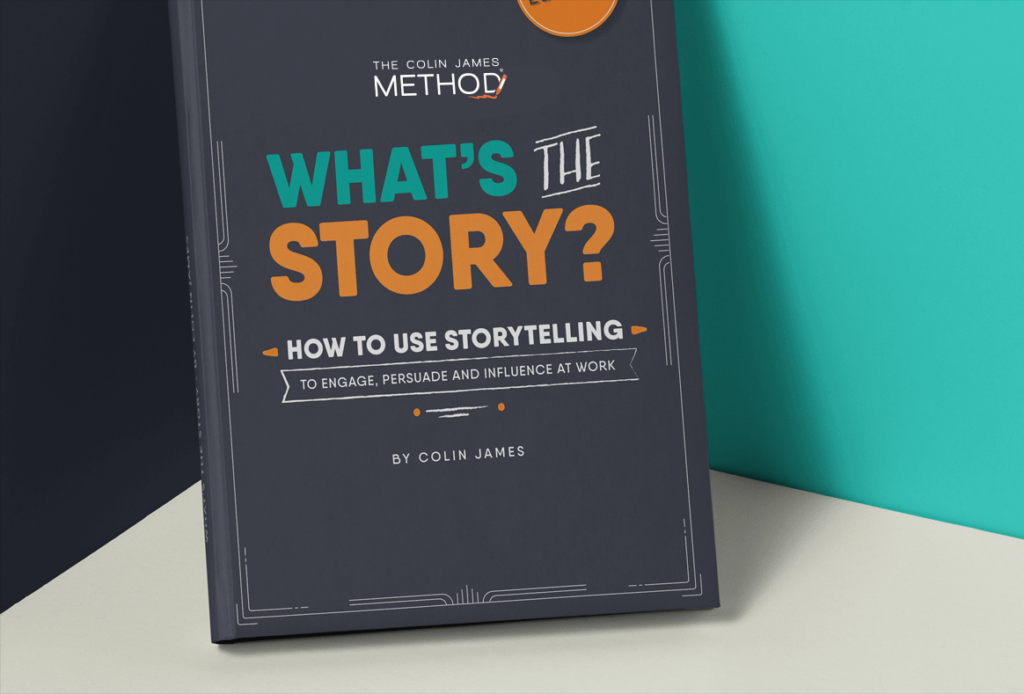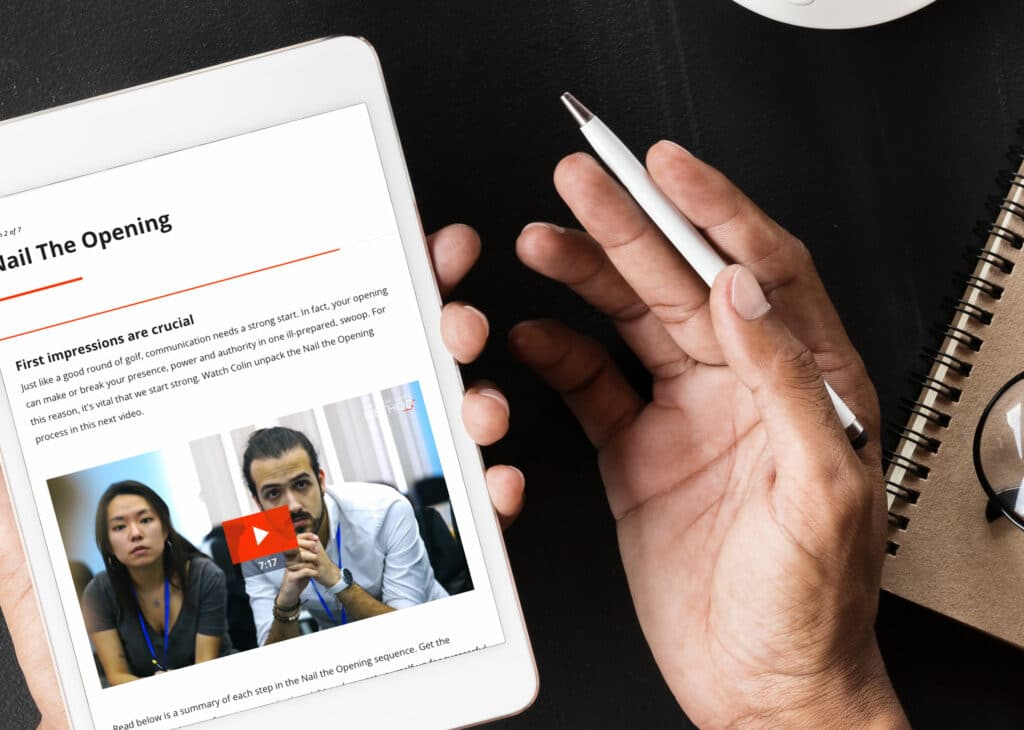Executive Summary
Most AI programs fail not because of technology but because we start from deficits: trying to
fix problems instead of amplifying what already works.
Appreciative Inquiry (AI) offers a people-first alternative: discover where you’re winning, add
the smallest AI assist to make that win easier, and measure the uplift. Gallup meta-analyses
and adoption studies show strengths-based development drives double-digit gains in profit,
productivity, safety, and retention, while deficit-first digital transformations fail 70 to 85
percent of the time.
For COOs and transformation leaders, the fastest path to AI ROI is a
back-office-first, strengths-led approach with tight feedback loops and clear metrics.
Listen to the podcast on the topic here.
The Problem with Deficit‑Focused AI Implementation
High Failure Rates
• 85% of digital transformations fail to meet their goals (Gartner).
• 70% failure rate for traditional change management projects.
• 95% of generative AI pilots fail to deliver measurable impact (MIT’s “GenAI Divide”).
These aren’t technology failures; they’re change management failures. Deficit‑focused
initiatives create pilot purgatory: isolated experiments, weak integration, and no learning
loops.
The Human Resistance Factor
AI adoption is fundamentally a people challenge:
- Fear and uncertainty: job displacement anxieties, low trust in AI decisions, limited training.
- Cultural resistance: middle management often resists due to workload, working methods
that work well enough, and learning curve fatigue. - Misalignment: tech-first roadmaps without workforce preparation lead to poor adoption and
wasted investment.
The Appreciative Inquiry Alternative Theoretical Foundation
Appreciative Inquiry (Cooperrider & Srivastva, 1987) shifts the conversation from problems
to strengths:
- Positive Core: identify and build on existing achievements, best practices, positive
emotions, and core competencies. - Social Constructionism: shared narratives shape organisational reality; positive inquiry can
create new futures. - 5‑D Cycle: Define (focus the topic), Discover (what’s working), Dream (envision
possibilities), Design (plan ideals), Destiny/Deliver (implement and sustain).
Evidence of Effectiveness
- Second‑order change: shifts in paradigms, norms, and values, not just incremental
improvements. - Engagement: positive questions increase motivation, participation, and commitment.
- Sustainability: strengths‑based change taps human potential and sticks.
The Gallup Evidence:
Quantifying Strengths‑Based Performance
Meta‑Analysis Results Across more than 1 million individuals and ~50,000 business units,
strengths‑based development is linked to:
- 29% increase in profit
- 17% increase in productivity
- 70% fewer safety incidents
- 41% less absenteeism
- 21% higher profitability
Employee Engagement
When people know and use their strengths, they are:
- Nearly 6× more engaged
- More likely to stay
- Higher performers in the activities that matter
Global Validation
A 2020 meta‑analysis of 456 studies across 276 organizations, 54 industries, and 96
countries—112,312 work units and 2.7 million employees—confirms engagement’s
relationship to 11 performance outcomes.
ROI for Strengths‑Based Development
In a global study of 49,495 business units and 1.2 million employees:
- Organisations saw meaningful improvements in sales, profit margins, customer
engagement, turnover, and safety. • Companies investing strategically reported ~11%
greater profitability and were twice as likely to retain employees.
Practical Framework: Appreciative Inquiry × AI Implementation Three Core Questions
-
- Where are we already winning? Identify current strengths, successful processes, and
teams that consistently outperform. - What’s the smallest AI assist that makes that win easier, faster, better? Target
augmentation rather than replacement to reduce resistance and accelerate adoption. - How will we measure the uplift? Define metrics tied to existing strengths to keep
accountability and momentum.
- Where are we already winning? Identify current strengths, successful processes, and
Implementation Strategy
- Start with strengths assessment: use appreciative interviews to surface peak experiences,
core competencies, and collaboration patterns. - Design AI augmentation: map AI capabilities to amplify existing strengths, not to fix
problems or disrupt successful workflows. - Create feedback loops: build continuous learning systems to track how AI amplifies
strengths; iterate quickly. - Scale success: turn early wins into repeatable playbooks and extend AI assistance to
adjacent areas of strength. - Measure positive outcomes: track time saved, fewer errors, faster cycles, higher quality,
and increased engagement.
Evidence‑Based Recommendations for Leaders
- Shift the mental model: from “What problems can AI solve?” to “What strengths can AI
amplify?” - Back office first: start in workflows, reporting, compliance, and finance ops to build trust and
capability. - Invest in change management: treat adoption as human‑centric transformation—training,
enablement, leadership alignment, and governance.
Conclusion
AI succeeds when it starts with strengths. Appreciative Inquiry offers a proven
pathway to align technology with human motivation and organisational reality. With failure
rates still high for deficit‑first approaches, a strengths‑led, back‑office‑first strategy
anchored in small assists and tight learning loops delivers faster adoption, better
engagement, and measurable ROI.
Don’t start with “Which problems can AI fix for us?”
Start with “Where are we seeing success, and how can AI help us do more of it with
less effort?”
References
1. Cooperrider, D. L., & Whitney, D. (2005). Appreciative Inquiry: A Positive Revolution
in Change. Berrett-Koehler Publishers.
2. Cooperrider, D. L., & Srivastva, S. (1987). Appreciative inquiry in organizational life.
Research in Organizational Change and Development, 1, 129-169.
3. Gallup. (2024). Q12 Meta-Analysis: The Relationship Between Engagement at Work
and Organizational Outcomes.
4. Gallup. (2024). Global Study: ROI for Strengths-Based Development.
5. Gallup. (2024). Strengths Meta-Analysis Report: The Relationship Between
Strengths-Based Employee Development and Organizational Outcomes.
6. McKinsey & Company. (2024). How organizations can overcome gen AI adoption
challenges: The learning organization.
7. MIT. (2024). GenAI Divide: State of AI in Business 2025.
8. Prosci. (2024). AI Adoption: Driving Change With a People-First Approach.
9. David Cooperrider Center for Appreciative Inquiry, Champlain College.
10. Centric Consulting. (2024). The Art of AI Adoption: A People-Centric Approach to AI
Change Management.










